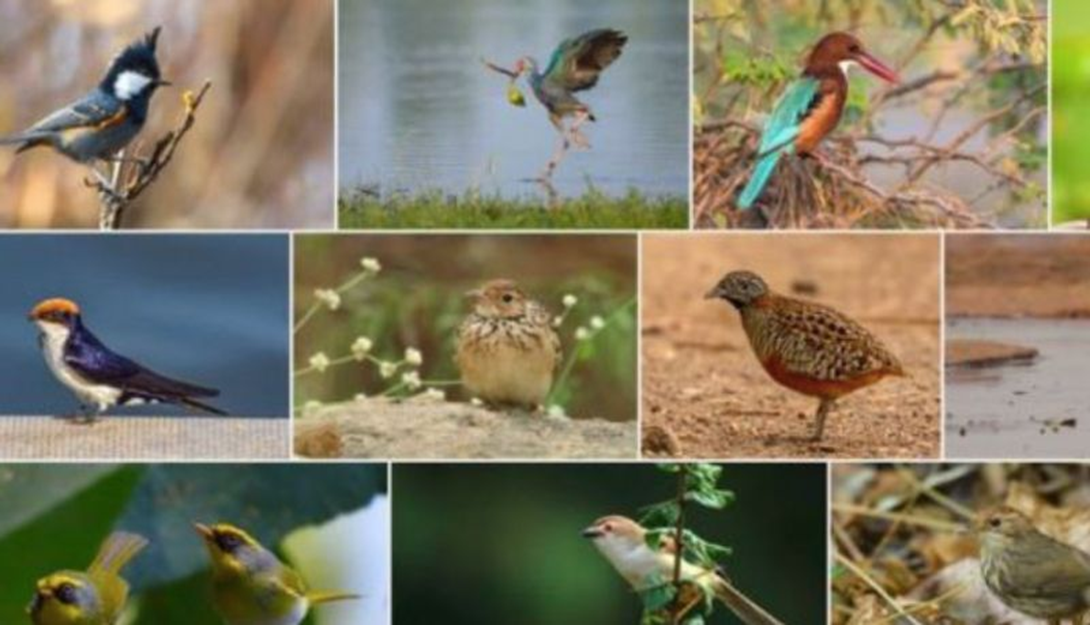- Courses
- GS Full Course 1 Year
- GS Full Course 2 Year
- GS Full Course 3 Year
- GS Full Course Till Selection
- Answer Alpha: Mains 2025 Mentorship
- MEP (Mains Enrichment Programme) Data, Facts
- Essay Target – 150+ Marks
- Online Program
- GS Recorded Course
- Polity
- Geography
- Economy
- Ancient, Medieval and Art & Culture AMAC
- Modern India, Post Independence & World History
- Environment
- Governance
- Science & Technology
- International Relations and Internal Security
- Disaster Management
- Ethics
- NCERT Current Affairs
- Indian Society and Social Issue
- NCERT- Science and Technology
- NCERT - Geography
- NCERT - Ancient History
- NCERT- World History
- NCERT Modern History
- CSAT
- 5 LAYERED ARJUNA Mentorship
- Public Administration Optional
- ABOUT US
- OUR TOPPERS
- TEST SERIES
- FREE STUDY MATERIAL
- VIDEOS
- CONTACT US
Declaring Exotic animals listed under Schedule IV of the WPA, 1972
Declaring Exotic animals listed under Schedule IV of the WPA, 1972
26-08-2024

Background
The Ministry of Environment, Forest and Climate Change (MoEFCC) has announced that people, organizations, and zoos must now register exotic animals listed under Schedule IV of the Wild Life (Protection) Act, 1972 (Amendment Act, 2022). This must be done online through the PARIVESH 2.0 portal and submitted to the Chief Wildlife Warden of the state.
Key Facts About Exotic Species
- Definition: Exotic species are animals or plants moved from their original place to a new location by humans.
- Examples in India:
- Ball Python (Western Africa)
- Iguana (Central and South America)
- Cockatiel (Australia)
- Red-eared Slider Turtle (USA and Mexico)
- African Grey Parrot (Central Africa)
- Amazonian Parrot (South and Central America)
Legal Requirements
- Living Animal Species (Reporting and Registration) Rules, 2024: Require reporting and registering species listed in Schedule IV of the Wild Life (Protection) Act, 1972.
- Wild Life (Protection) Amendment Act, 2022: Section 49 M requires registration of possession, transfer, birth, and death of species listed in CITES Appendices and Schedule IV.
Concerns with Exotic Species
- Non-Regulation: Exotic species are often brought to India and bred without proper registration, risking diseases that can spread to humans.
- Impending Pandemic: The Covid-19 pandemic showed the dangers of unregulated exotic animal trade and ownership.
- Smuggling Issues: There has been an increase in smuggling of endangered exotic animals into India, with recent seizures including Kangaroos, Koalas, and Lemurs.
Wild Life (Protection) Act, 1972 (WPA)
- Purpose: Protects wild animals, birds, and plants to maintain ecological and environmental balance.
- Schedules of WPA, 1972:
- Schedule I: Highest protection (e.g., Tiger, Elephants, Rhino)
- Schedule II: Lesser protection (e.g., Kites, Eagles, Falcons)
- Schedule III: Plant species
- Schedule IV: Species protected under CITES (e.g., Bear)
- CITES: An international agreement to ensure that trade in wild animal and plant specimens does not harm their survival.
PARIVESH 2.0 Portal
- Overview: A web-based system for online submission and monitoring of environmental, forest, wildlife, and coastal regulation zone clearances.
- Function: Offers a single-window solution for managing green clearances and ensuring compliance across the country.
- Development: Developed by the Ministry of Environment, Forest and Climate Change (MoEFCC) to improve process and technology in environmental administration.
Conclusion
The new requirement for electronic registration of exotic animals aims to strengthen control and address issues related to unregulated trade and ownership. Using the PARIVESH 2.0 portal, India hopes to improve wildlife management and reduce risks from diseases and illegal smuggling.
Must Check: Best IAS Coaching In Delhi
UPSC Prelims Result 2024 Out: Expected Cut Off & Other Details, UPSC Prelims 2024 Answer with Explanation, Daily Prelims Quiz, Daily Current Affairs, MONTHLY CURRENT AFFAIRS TOTAL (CAT) MAGAZINE, Best IAS Coaching Institute in Karol Bagh, Best IAS Coaching Institute in Delhi, Daily Mains Question Answer Practice, ENSURE IAS UPSC Toppers, UPSC Toppers Marksheet, Previous Year Interview Questions, UPSC Syllabus




